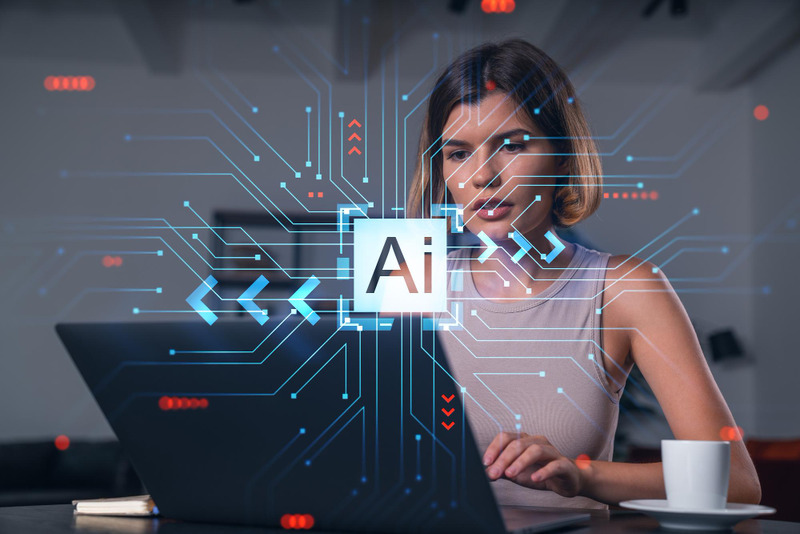1.Natural Language Processing (NLP)
Description:
NLP focuses on enabling machines to understand, interpret, and respond to human language in a way that is both meaningful and useful.
Example in Business Optimization:
NLP-powered sentiment analysis tools can scan social media, reviews, and other customer feedback to gauge public sentiment about a product or service. This helps businesses quickly identify areas of improvement, track brand perception, and make data-driven decisions to enhance customer satisfaction.
2.Generative AI
Description:
Generative AI involves algorithms that can create new content, whether it’s text, images, music, or other forms of media. It learns patterns from existing data and generates new data with similar characteristics.
Example in Business Optimization:
Generative AI can be used in marketing to automatically create personalized content for email campaigns. By generating tailored messages for different customer segments, businesses can increase engagement rates and drive more conversions with less manual effort.
3.Predictive Analytics
Description:
Predictive analytics uses statistical techniques, machine learning, and data mining to analyze historical data and make predictions about future events.
Example in Business Optimization:
In sales, predictive analytics can forecast which leads are most likely to convert into customers. By focusing sales efforts on high-probability leads, businesses can optimize their sales processes, improve conversion rates, and increase revenue.
4.Machine Learning (ML)
Description:
Machine learning enables systems to learn from data, identify patterns, and make decisions with minimal human intervention.
Example in Business Optimization:
ML algorithms in e-commerce can recommend products to customers based on their browsing and purchase history. This personalized shopping experience increases customer satisfaction and boosts sales by suggesting relevant items.
5.Neural Networks
Description:
Neural networks are a series of algorithms designed to recognize patterns, mimicking the way a human brain operates. They consist of interconnected layers of nodes (neurons) that process data and learn from it.
Example in Business Optimization:
In the financial sector, neural networks can be used for fraud detection. By analyzing transaction patterns, neural networks can identify unusual activities and flag potential fraudulent transactions, thereby reducing financial losses and enhancing security.
6.AI-Driven Automation
Description:
AI-driven automation involves using AI technologies to automate complex tasks that traditionally require human intelligence, such as decision-making, problem-solving, and learning from data.
Example in Business Optimization:
In HR, AI-driven automation can streamline the recruitment process by screening resumes, scheduling interviews, and even conducting initial assessments. This reduces the time and effort required from HR professionals, allowing them to focus on strategic tasks.
7.Deep Learning
Description:
Deep learning, a subset of machine learning, uses neural networks with many layers (deep networks) to analyze various data representations and learn from them in a highly effective manner.
Example in Business Optimization:
In the healthcare industry, deep learning algorithms can analyze medical images to assist in diagnosing diseases. By accurately detecting abnormalities in X-rays, MRIs, and CT scans, deep learning enhances diagnostic accuracy and speeds up the treatment process, leading to better patient outcomes.
.

